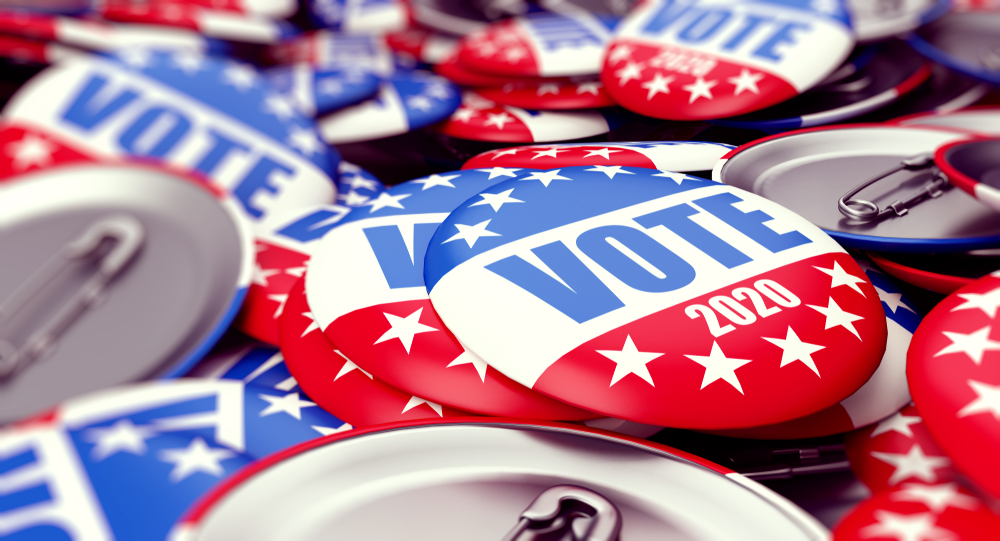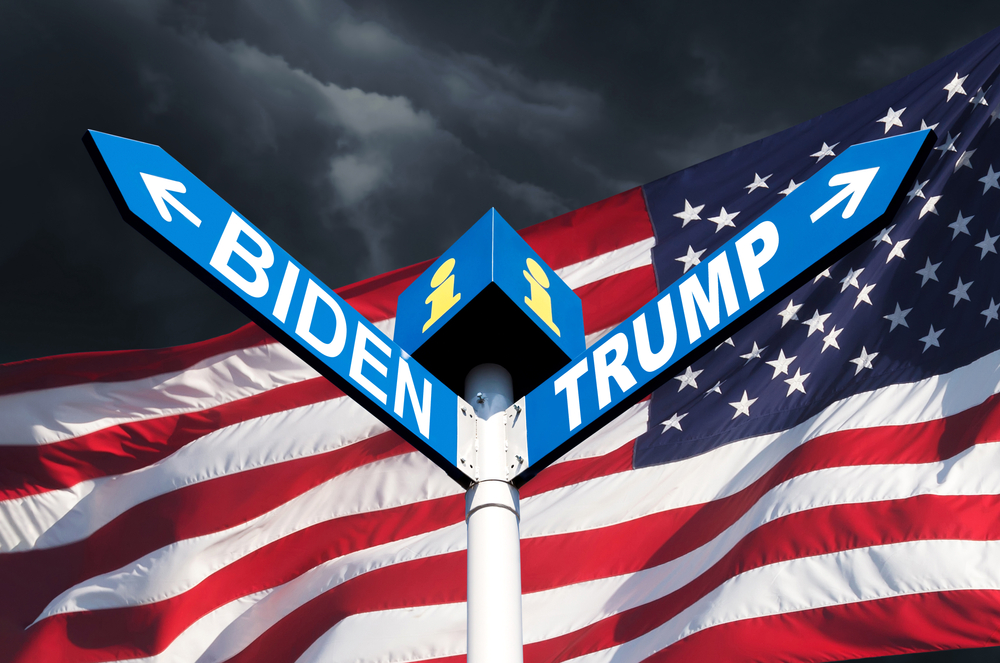Political operatives aren't the only ones trying to learn the lessons of Donald Trump's victory. Marketers are also assessing whether they, too, may be misreading consumer signals, including traditional market research, to tap into what drives the nation’s consumers.
According to a recent article about the advertising industry in the New York Times, "when Mr. Trump won the election last week, an industry that prides itself on always knowing what motivates and excites the American public was in a state of shock. Marketers now find themselves asking serious questions about how they study consumers, use data and quantify the value of facts - questions about the fundamental nature of their business."
Edelman CEO Richard Edelman astutely points to the need for brand marketers to tap the power of peer-to-peer communications, particularly Twitter and other social media channels, rather than relying on traditional messaging and celebrity endorsement.
Rishad Tobaccowala, Chief Strategist for Public Groupe, observes that advertisers "may have found ourselves in bubbles of our own making."
There is no question we are in an era where the power of social influence drives consumer (and political) behavior. Elites are not trusted, but our friends, family and trusted colleagues at work are. Top-down marketing can and does help spark conversation, but persuasion comes when consumers talk to, and influence, each other. It's a proven driver of sales.
And, it may now be the proven winner of campaigns. Commentators often talked about "tribalism" in our politics, that's short-hand for people being influenced by people they perceive to be inside their groups, and in opposition to the members of another group. Republicans and Democrats were talking to, and influencing each other, in conversations that were practically invisible to people on the opposite end of the political spectrum. That’s a big part of what led to the surprise among Anti-Trump elites.
So did marketers just hear what they want to hear?
While most of the data driving expectations were based on what voters were telling pollsters, perhaps a more important datastream involved what voters told each other. The election result points to the importance of being able to more effectively measure the signals being sent peer-to-peer. As digital agency 360i's CEO Sarah Hofstetter notes, “one data set is not going to give you the full picture, because with people, what people say is not always what they think or what they do." Accordingly, it is clear that while social media is part of social influence, it provides less than half the picture. Marketers who rely on it alone as a proxy for peer-to-peer conversation will find themselves missing out on critical consumer trends without knowing why.
What marketers need instead is a "total social" strategy, one that listens to and sparks consumer conversation regardless of channel – this means tapping the power of both offline conversation as well as social media. Why?
- Brand-related offline conversation is far bigger than conversations on social media. It's been proven to drive about twice as much impact as digital conversations. Both are important, but relying on social media alone will leave marketers wondering why the impact you seek isn't all they had hoped for. At a minimum you'll only achieve a fraction of what you are hoping to achieve, and at worst you'll run into unexpected problems because you're signals are missing the offline conversations that are bigger and more powerful. We liken it to an iceberg, with social media being the part above the surface and offline conversation is the bigger and more dangerous part that lurks beneath the surface.
- Social media is not a mirror of offline conversation. Very few brands excel at both. According to recent research on conversational trends about a diverse group of 500 US brands, there is very little correlation between the two. To tap the full power of social media requires a strategy that focuses on the unique drivers of each.
- The motivations for talking offline are quite different from the consumer motivations that drive brand-related conversation on social media. The former is very much driven by emotional factors, while social media posts tend to be driven by the desire to be "in the know" and signaling something new and cool to their social network.
With the breakdown of traditional media channels in favor of peer-to-peer sharing and conversation, social influence is a highly valuable brand asset, to be nurtured and fully exploited. To learn the lessons from the Trump groundswell, brands must learn to listen to all the conversations that are driving decision-making. That means brands need listening posts in every venue where people congregate--in social media, yes, but also in coffee shops, at the water cooler, and at the proverbial kitchen tables where so many decisions, large and small, are made.
Ed Keller is the CEO and Brad Fay is the Chief Research Officer at Engagement Labs. They are co-authors of “ The Face-to-Face Book,” an award winning marketing book published by Simon & Schuster, 2012.
For more information on TotalSocial™ or to request a demo, visit https://totalsocial.engagementlabs.com/
For sales contact us at: sales@engagementlabs.com
For media inquires contact us at: media@engagementlabs.com
About TotalSocialTM
Want a better understanding of the online and offline conversations around your brand? Are you a journalist who wants to use real data to measure the brands you’re reporting on? Are you a company who wants to gain further insights into your brand's marketing strategies to develop effective campaigns to reach your audiences?
Request a demo today and learn more about TotalSocial by emailing sales@engagementlabs.com
For media inquiries please contact media@engagementlabs.com.





